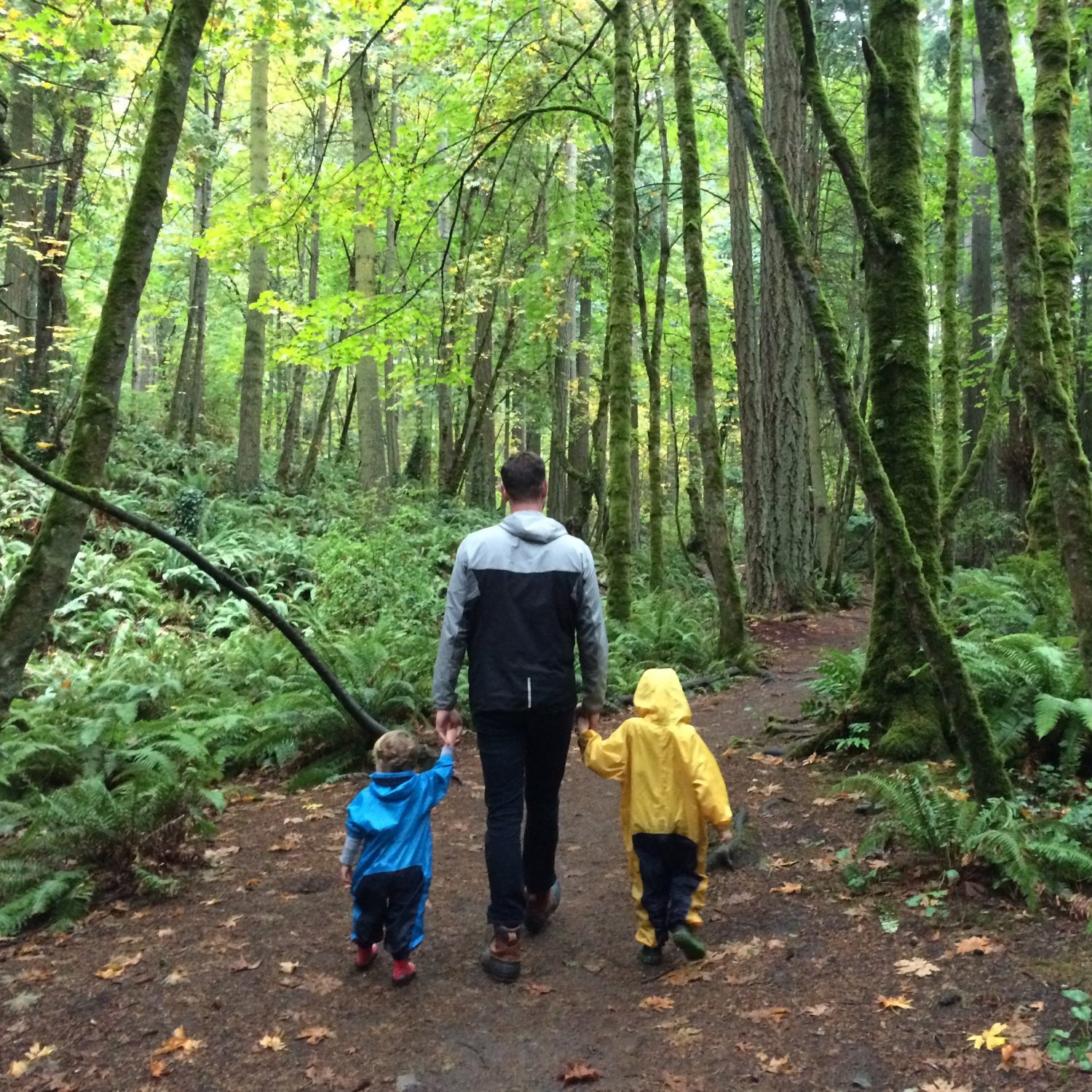For my WISE exploration, I chose to tinker with a unit on Plate Tectonics (ID: 19749). I really liked the way the original author set up her/his unit. I made a few changes to reflect some elements that are important to me. First, I replaced a number of static diagrams with GIFs. It seemed silly to me to show dynamic processes with a static image – if the technology can demonstrate the concept more accurately, then do it! Second, I did away with the “Extra Credit” section. These always feel like the domain of mark counters, and I don’t want my students motivated by that. The irony was that many of the most interesting activities that the original author created were dubbed “Extra Credit”. I kept the activities, but dropped the moniker.
For my lesson (directed at grade 8 students), I am going to begin by having students generating driving questions with the ultimate goal of using the questions to motivate student inquiry. Each student will generate questions and do some initial information gathering to see if their inquiry is generating interesting, satisfying information. The WISE will be a source of information for them and act as a jumping off point for their big questions. Students will investigate their questions with the goal of creating a record of their inquiry in the form of an experiment, a presentation, a video, a podcast, etc.. Each student will participate win a roundtable where they will ask questions about the work, methods, and research of their peers with an aim to improve their inquiry skills through collaborative discussion. Finally, my students will reflect on their process – assessing their learning, highlighting areas they are proud of, and identifying difficulties they had and how they can address then in their next inquiry.
One of the key goals of WISE’s and Scaffolded Knowledge Integration is to make science accessible (Linn, Clark, & Slotta, 2003). One of the ways that access is improved with the WISE, is that it is available to the student whenever it is needed. Unlike a teacher, who is accessible during class time, or a text that, for many students, requires interpretation or guidance for understanding, the WISE can meet the student wherever/whenever they want to learn. Giving students this resource is another way to manage the proliferation and entrenchment of misconceptions. In the movie A Private Universe, access to visual models seemed to help students break down their incorrect impressions of scientific concepts/processes.
Finally, the WISE format lends itself nicely to providing timely feedback to my students on their understanding. Hattie & Tamperly (2007) describe feedback as a tool to reduce disparities between understanding and performance. The marked ‘quizzes’ and predictive writing in the WISE would allow me to keep an eye on student understanding and respond promptly with questions, corrections, or prompts to help shrink the gap between student understanding and performance.
References
Hattie, H. & Timperly, H. (2007). The power of feedback. Review of Educational Research, 77(1), 81-112.
Linn, M., Clark, D., & Slotta, J. (2003). Wise design for knowledge integration. Science Education, 87(4), 517-538
